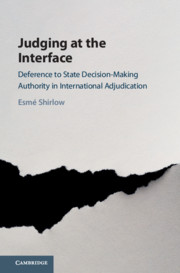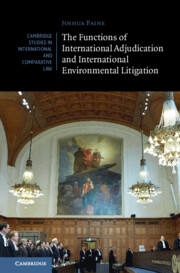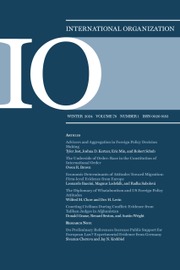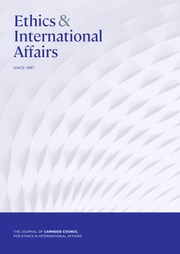Judging under Constraint
As international courts have risen in prominence, policymakers, practitioners and scholars observe variation in judicial deference. Sometimes international courts defer, whereby they accept a state's exercise of authority, and other times not. Differences can be seen in case outcomes, legal interpretation and reasoning, and remedial orders. How can we explain variation in deference? This book examines deference by international courts, offering a novel theoretical account. It argues that deference is explained by a court's strategic space, which is structured by formal independence, seen as a dimension of institutional design, and state preferences. An empirical analysis built on original data of the East African Court of Justice, Caribbean Court of Justice, and African Court of Human and Peoples' Rights demonstrates that robust safeguards to independence and politically fragmented memberships lend legitimacy to courts and make collective state resistance infeasible, combining to minimize deference. Persuasive argumentation and public legitimation also enable nondeference.
- Provides a novel and interdisciplinary study on international judicial decision-making
- Introduces an original theoretical account of deference that incorporates states preferences and institutional design
- Provides a systematic examination of three international courts from the global south
Product details
August 2025Hardback
9781009607612
289 pages
229 × 152 mm
Not yet published - available from August 2025
Table of Contents
- 1. Introduction
- 2. Judicial deference and the strategic space of international courts
- 3. Formal independence of international courts
- 4. The East African court of justice: pervasive constraints and substantial deference
- 5. The Caribbean court of justice: intermediate constraints and moderate deference
- 6. The African court of human and peoples' rights: subtle constraints and minimal deference
- 7. Conclusion
- Appendix
- References.









